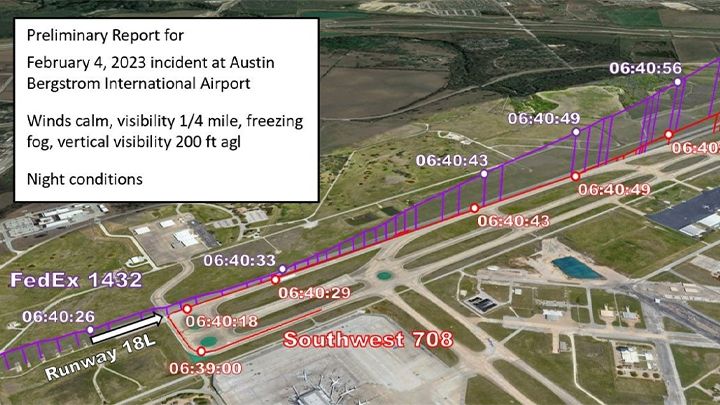On February 4, 2023, a near-miss occurred between two Boeing jets on a runway in Austin, Texas. The incident was caused by a lack of critical safety technology and errors made by an air traffic controller. The National Transportation Safety Board (NTSB) conducted an investigation into the incident and released its report in the coming weeks.
The NTSB report highlights several contributing factors to the near collision, including poor visibility conditions, expectation bias, lack of situational awareness, and inadequate training on low-visibility operations. Additionally, the Southwest flight crew failed to inform the controller of the need for additional time on the runway for an engine run-up before takeoff.
The incident prompted the Federal Aviation Administration (FAA) to call for an industry-wide safety summit. The two jets came within 150 feet of colliding after both were cleared to use the same runway. However, the FedEx crew was able to avoid disaster by performing a go-around and flying over the Southwest aircraft after spotting it on the runway.
The NTSB recommended that the FAA implement technology to prevent runway incursions, which has been made for decades. The FAA announced plans to install surface detection systems at select U.S. airports by the end of 2025 in response to this recommendation.
NTSB Chair Jennifer Homendy emphasized that learning from incidents like these is crucial to prevent tragedies and maintain public confidence in the aviation system. She called on all stakeholders involved in aviation safety to continue working together towards improving safety standards and protocols.
Overall, this incident highlights how important it is for air traffic controllers and flight crews to be adequately trained and equipped with critical safety technology to prevent accidents and ensure safe operations in our skies.


